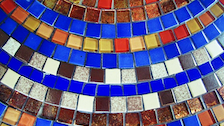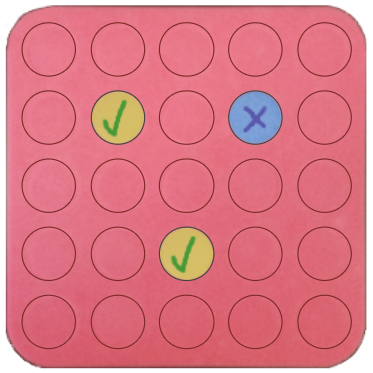
The last day for sending in solutions to the live problems is Monday 15 May.

Poly plug rectangles
The computer has made a rectangle and will tell you the number of spots it uses in total. Can you find out where the rectangle is?
Seeing squares
Players take it in turns to choose a dot on the grid. The winner is the first to have four dots that can be joined to form a square.
Square corners
What is the greatest number of counters you can place on the grid below without four of them lying at the corners of a square?
Seeing parallelograms
Players take it in turns to choose a dot on the grid. The winner is the first to have four dots that can be joined to form a parallelogram.
Stringy quads
This practical problem challenges you to make quadrilaterals with a loop of string. You'll need some friends to help!
Eight hidden squares
On the graph there are 28 marked points. These points all mark the vertices (corners) of eight hidden squares. Can you find the eight hidden squares?
Seeing rhombuses
Players take it in turns to choose a dot on the grid. The winner is the first to have four dots that can be joined to form a rhombus.
